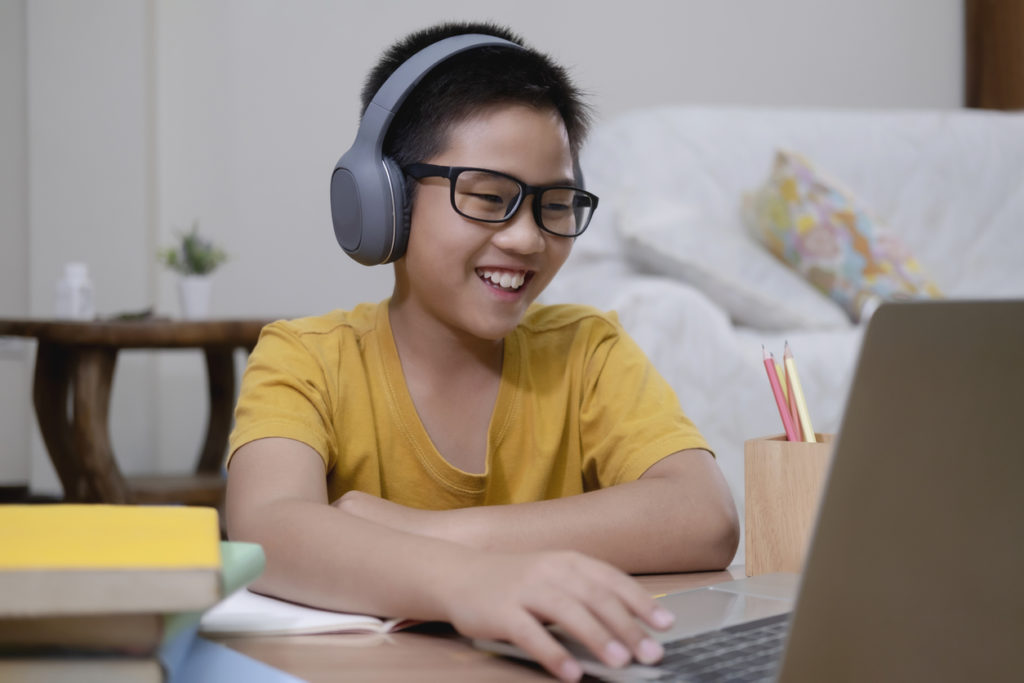Students with Learning Differences Can Thrive While Distance Learning
It’s clear the COVID-19 pandemic has affected all parts of life for North Texans, but no area has been impacted more than the world of education. Children and parents alike may have merely survived a spontaneous spring of distance learning, but now face a virtual beginning to school in the fall, due to recent Dallas and Tarrant County mandates. Parents and schools continue to face overwhelming obstacles. But, what about students with learning differences? How can they thrive when learning is already a challenge?

“The key is Synchronous Learning,” says Mellie Joiner, M.Ed., Curriculum Director for Key School in Fort Worth. Key School is a private school for grades K-12 specializing in educating students with learning differences, such as dyslexia and is part of the Key Center for Learning Differences. “Also known as ‘live instruction,’ Synchronous Learning, along with a small group environment that encourages critical thinking is essential for students with learning differences,” adds Joiner.
“All students, but particularly those who are struggling, need a consistent schedule with clear expectations, and measured ways to know when they are successful,” suggests Joiner. “The school day should begin with immediately active and engaging activities that offer multiple response options. The struggle to write or type answers can be stumbling blocks, so having multiple ways to respond is a necessity,” adds Joiner.

The use of appropriate technology is one of the most important components of distance learning. Curriculum with embedded technology and assessments is helpful during face-to-face instruction, but crucial during distance learning transitions. “Studies show that the act of listening to fluent reading accesses the same parts of the brain as reading independently. So, it’s important that students with learning differences have access to technology where a variety of texts can be read to them,” says Joiner.
Equally important to listening/reading texts is the student’s ability to engage in thinking about what they are reading. Text-to-speech, speech-to-text, and other applications help students deepen their level of understanding and link them with the thinking of others. “These programs, with the support of the teacher, allow students to listen to text as needed, highlight and annotate the text digitally, and then form responses to engage in discussion with their classmates just as they would in a live, in-person class,” concludes Joiner.
Key Center for Learning Differences Executive Director, Kerri Benson, M.Ed, highlights the importance of meeting the needs of all children while distance learning. “According to the National Center for Learning Disabilities, 1 in 5 children in the United States have learning and attention issues. 78,000 children in Tarrant County school districts are affected by learning differences and need Synchronous Learning in order to experience academic success. As the educational landscape continues to change for all our students, focusing on the best teaching practices and strategies for our learning differences community must not be overlooked.”


 Sign in
Sign in

